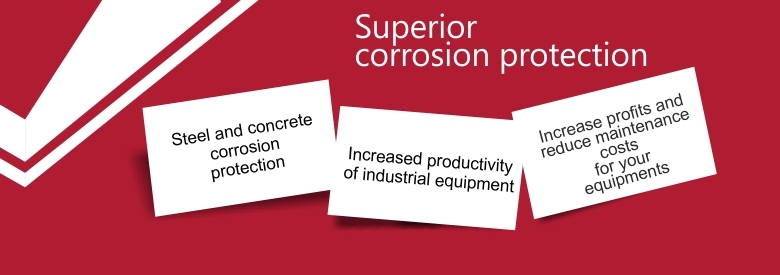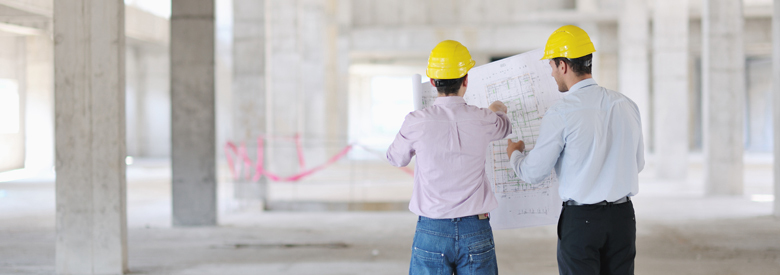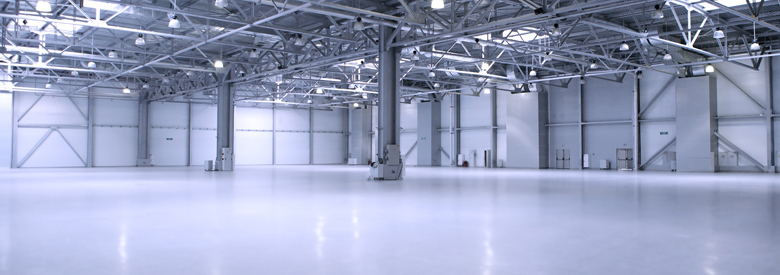The use and chemical behavior of metals and non-metals
The selection of materials is a step that needs to be treated with the utmost seriousness. Regardless of industrial process, we want to maintain personnel safety, continuous production flow and reducing the environmental impact.
We have to take into account factors involved in the working environment. They can impact the quality of materials and will lead to periodic investments in maintenance costs.
7 cases of use of metals:
1) Copper is generally used for making internal cables and aluminum cables for power transmission over long distances
2) Iron is a very useful, hard material and affordable material. It is used for the manufacture of tools, vehicles, agricultur and construction
3) Iron, aluminum and copper are used to produce tools
4) Magnesium compounds are used as refractory materials in furnace steel industry
5) Lead is a material with high density and low thermal and electrical conductivity compared to other metals. It is used for making tiles, pipes, sheets etc. The chemical is used for drinking water pipes
6) Copper nickel alloy is 60% Cu and 40% Ni is used in the manufacture of iron-constant thermocouples for measuring temperatures up to 500 ° C.
7) Alloys are solid homogeneous mixture of metals, or non-metals and metals. The alloying metal is made to make basic material stronger. Some common examples: steel- mixture of iron and small amounts of carbon and manganese, copper-zinc mixture of copper and bronze
3 non-metals found in industrial processes:
- Oxygen: all combustion processes require oxygen. It is necessary for the extraction of metals and to produce iron and steel. It is a necessary component in the manufacture of sulfuric and nitric acid
- Chlorine: is used to manufacture various plastic materials, such as polymerized vinyl chloride. Used as a bleaching agent in the textile industry and papermaking. For thus, it is a component used for the production of hydrochloric acid
- Sulphur: is used in the manufacture of paints, gunpowder, rubber treatment, sulfuric acid plants etc. And finds use as a fungicide
Chemical behavior of metals
The action of oxygen on metals:
- Oxygen present in air acts on metals and forms oxides . Heating metals cause them to react more quickly. A piece of metal, if ignited, burns with a blinding white light. When magnesium is burned in a jar of gas, particles are deposited on the surface of interior walls
- On the surface, iron corrosion wiil appear if left in a humid environment
- Oxides formed will begin to deteriorate the metal surface
- Magnesium, aluminum, zinc, copper, etc., are the materials exposed to corrosion and require preventive actions
- Industrial sector requires periodic ana analysis of the substances that interact with the metal surfaces, and the effects that occur by the impact of two metals.
For more information on factors that accelerate corrosion, we recommend reading about the corrosion clasifications and corrosion resistance necessary measures for securing equipment.













